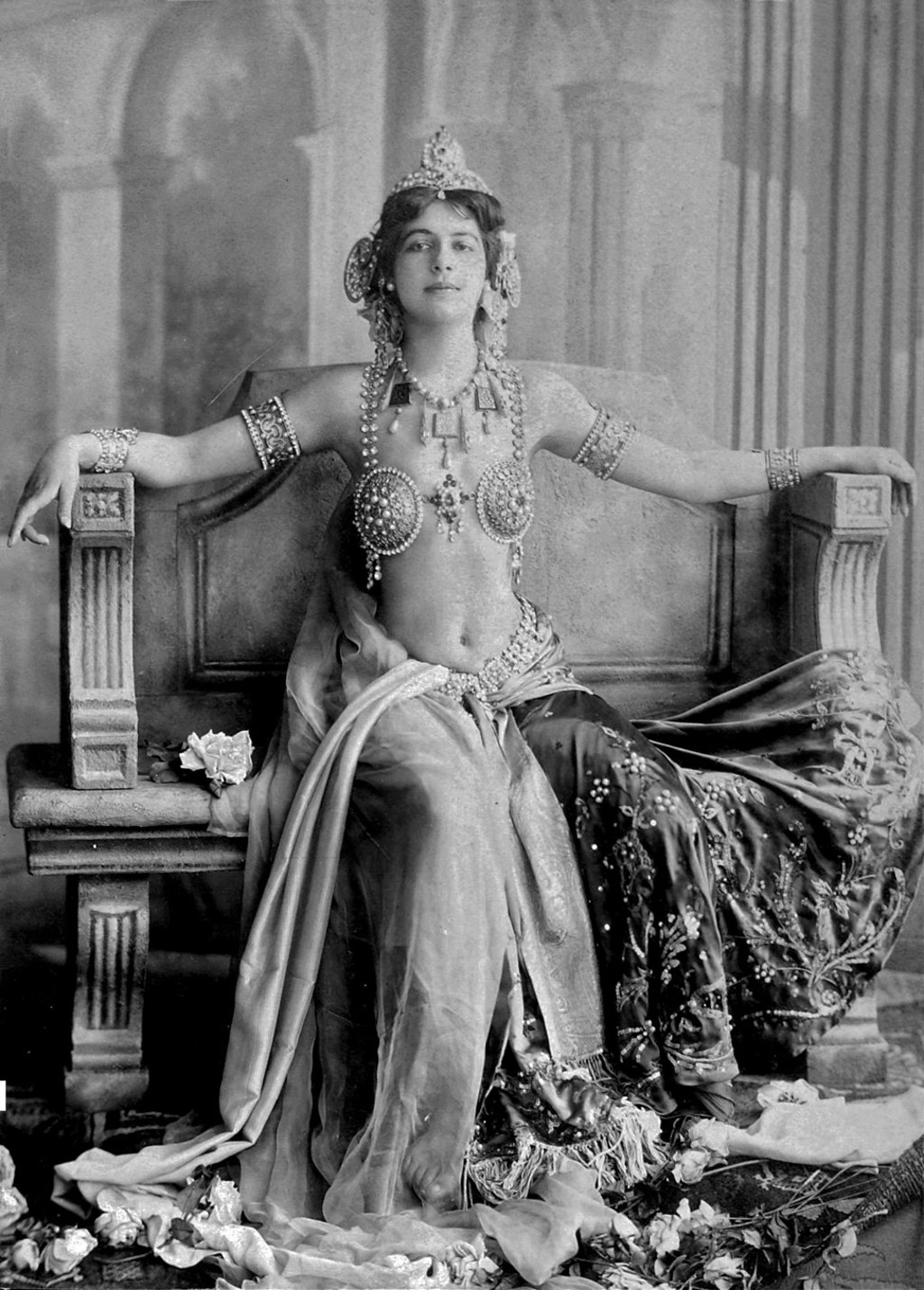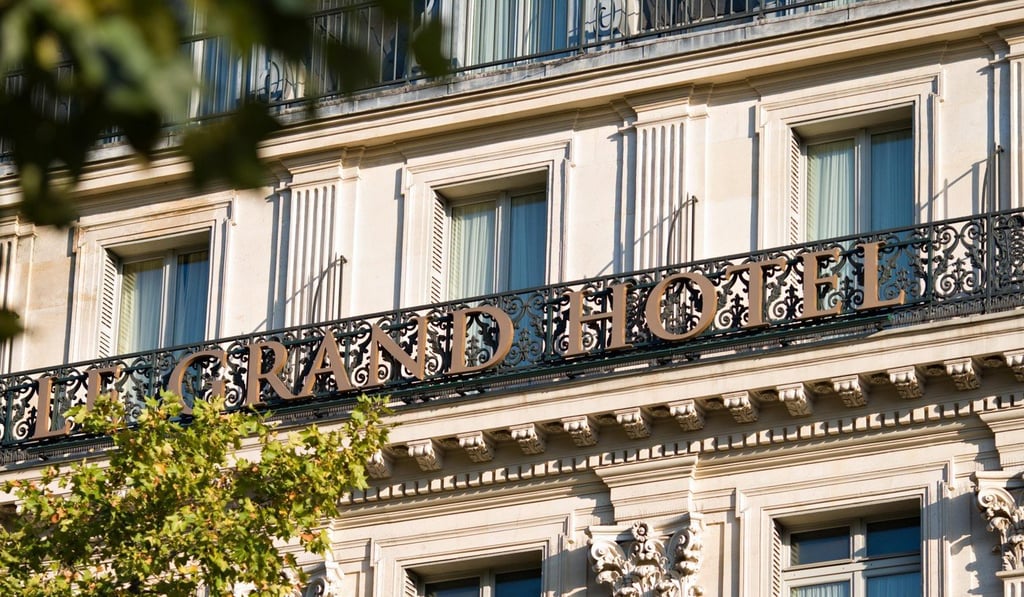Exotic dancer, prostitute, second-rate spy, Mata Hari’s exploits took her to Europe’s top hotels
Before her execution by firing squad 100 years ago today, Mata Hari lived an opulent life, hopping from bed to bed in some of the most exclusive hotels Europe had to offer

In The Hague, as the first world war raged elsewhere in Europe, Margaretha Geertruida Zelle would walk from her town house, beside the Smidswater canal, along narrow Jagerstraat alley and into lime-tree-shaded Lange Voorhout, an imposing square lined with embassies. Presiding over The Hague’s diplomatic quarter – as it still does – was the Hotel Des Indes.
Better known as Mata Hari, the 39-year-old, wearing a full-length coat and veiled hat, would visit this grand hotel of belle époque opulence for assignations with attachés posted to the seat of the Dutch government. As advancing age and the Great War had put paid to her dancing engagements, Mata Hari had begun to rely on the favours of powerful men in the neutral Netherlands, and on spying.

In doing so, she was sealing her own fate. A fantasist who had seduced Europe with her exotic persona for a decade, Mata Hari’s dabbling in espionage – much of it enacted in the grand hotels of Europe’s capitals – led to her demise before a French firing squad, a century ago today.
Named in French, the diplomatic language of the age, Hotel Des Indes translates as “hotel of the East Indies”, now Indonesia, which was the jewel in the Dutch colonial crown. A stone’s throw from both the parliament and the royal palace of Noordeinde, this grand dame has welcomed crowned heads, presidents and prime ministers since 1881.
